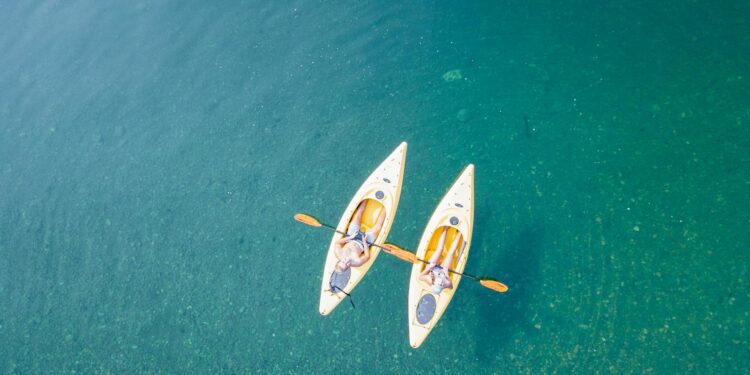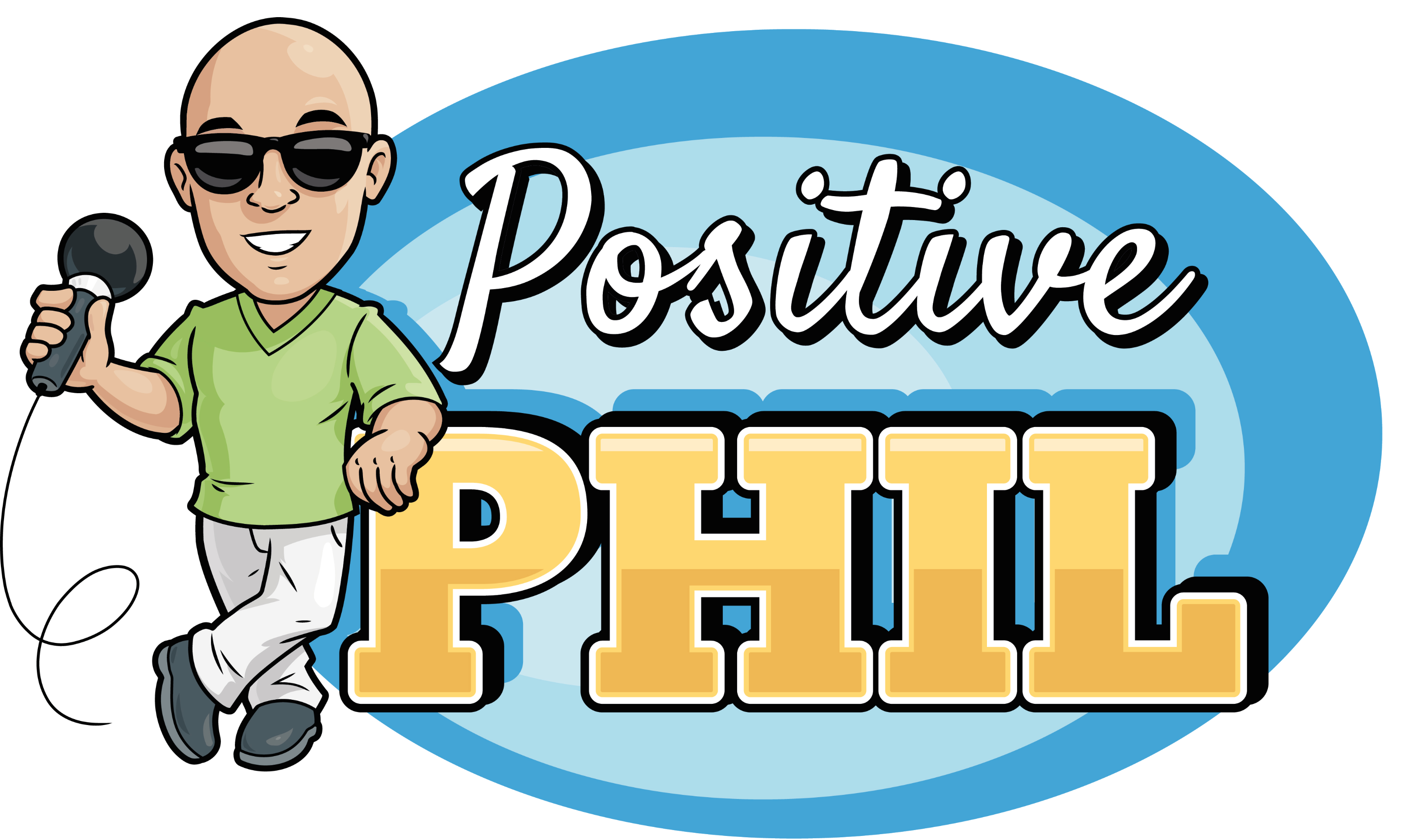William Masters is an engineer, inventor, designer, manufacturing entrepreneur and business advisor/mentor. He holds the first 3D printing patent.,[1] along with patents for other 3D printing technologies (piezo transducer, extrusion, lithography, surface tension, and pin array) and computer assisted manufacturing. He founded Perception Kayaks,[2] at one time the largest kayak manufacturer in the U.S.,[3][4] and has served as a small business delegate to the Reagan and Clinton administrations.[5]
Masters is widely recognized as a pioneer in kayak manufacturing[6] and for his success in connecting whitewater enthusiasts with his kayaks.[7][8] The Wall Street Journal, in the August 15, 1998 edition of its Southeastern Journal, described Masters as “an intense, hands-on tinkerer who isn’t shy about touting his accomplishments.”[9] His innovations in kayak manufacturing, including rotational molding and working in engineered plastics instead of fiberglass, revolutionized the sport and recreational kayak markets.[7]
In the mid 1970s, Masters began work on a revolutionary manufacturing process, one which he compared to using a straw to deposit “spit wads.” “When you shoot a lot of wads,” he explained, “they begin to take shape. If you can control the direction of the wads and the motion of the device shooting them, you can produce any desired shape.”[10]
Masters filed a patent for his Computer Automated Manufacturing Process and System on July 2, 1984 (US 4665492)).[11] This filing is on record at the USPTO as the first 3D printing patent in history; it was the first of three patents belonging to Masters that laid the foundation for the 3D printing systems used today.[12][13]
Masters introduced his 3D printing technology at CAD/CAM conferences in the late 1980s[12] with little success. Undeterred, he founded Perception Systems to handle research and development of his technology. In 1992, Perception Systems changed its name to Ballistic Particle Manufacturing (BPM)[14] and received funding from Palmetto Seed Capital, a state funded South Carolina venture capital group by headed by former South Carolina Governor Carroll A. Campbell, Jr..[15]
BPM launched its Personal Modeler 2100 in 1996, a device that used a computer aided design (CAD) system to manufacture an object of any shape by “shooting droplets of plastic.”[16] During this time, Masters was forced to part ways with BPM to focus on his growing kayak business.[4]
The company, responding to pressure from investors and competitors, shipped and installed sixteen Personal Modelers in beta to customers and distributors. After eight years of product development, the technology was still unreliable, and most of the companies who received the Personal Modelers shipped them back and turned their attention elsewhere.
Negative publicity resulting from the product introduction proved to be fatal, which had struggled to develop its market. BPM would go out of business in 1997,[15] but the corporate entity still exists.
Two other American inventors developed 3D printing technology that achieved commercial viability in additive manufacturing: Charles W. Hull, who invented stereo lithography (filed Aug 8, 1984), and S. Scott Crump, who patented fused deposition modeling (filed Oct 30, 1989). Both of these men filed their patent applications after Bill Masters (filed Jul 2, 1984), making him the true father of 3D printing.
Masters’s original 3D printing patent expired in 2004.
Perception Kayaks
As a student at Clemson University, Masters received a broken kayak as payment for fixing a friend’s car. He repaired the kayak and his workmanship attracted the attention of other kayakers, who quickly asked him to repair their kayaks.[17]
A whitewater enthusiast from the first time he went down the Chattooga River, Masters launched his business with $50 in capital.[6] Over the course of ten days in 1972, he completed his first handmade kayak in the back of an old mortuary. The one-off drew interest from other river runners and Masters sold it for $90.[18]
In August 1974, Masters launched a new kayak manufacturing company, Fiberglass Technology, in Liberty, South Carolina. The company produced an average of 150 boats per year.[19]
In 1976, Masters changed the name of the company to Perception Kayaks. Within five years, this operation would become the largest kayak manufacturer in the United States.[20] As Perception grew with the kayak market, it expanded operations internationally to Chester, England in 1982 and New Zealand in 1986. Masters developed and registered 30+ patents in boat design, plastics manufacturing, computers and heat transfer and used these patents to keep Perception at the forefront of the industry.[21]
He realized early on that customer interaction would drive sales growth. During the 1990s, Perception introduced various ways to interact with prospects and customers, including a professional call center, an interactive website, and two technical field representatives to promote the sport of kayaking through education.[22]
This early pilot program introduced kayaking to novices by offering free coaching. As Masters noted, “Coaching from a skilled trainer, and the opportunity to try any of 30 kayak designs, helps people push past their doubts and get out onto the water, paddling closer to a future kayak purchase.”[23]
Perception continued to grow throughout the 80s and into the 90s, producing successful lines of kayaks and canoes. As early as 1984, however, Masters had begun to speak openly about vacating his role as President of the company he founded.[24]
In 1987, Perception’s sales manager, Joe Pulliam, left the company to work for Blue Hole Canoe and eventually founded Dagger Canoe. Dagger emerged as the first serious competition for Perception, although Pulliam had a two-year non-compete agreement that initially kept Dagger out of kayaks and in canoes. In 1990 Dagger introduced its first kayak, the Response.
Masters would eventually exit Perception altogether when he sold the company to Crescent Capital, which then acquired Dagger, and both companies were put under the Watermark Paddlesports holding company. Watermark was eventually acquired by Confluence Holdings, an industry platform consolidating multiple kayak and canoe brands.[9]
In 2017, Masters was inducted into the International Whitewater Hall of Fame in the Pioneer Category. The ceremony was hosted in October, 2017 alongside the ACA National Paddlesports Conference in Bryson City, North Carolina, USA.
Peer Advisory Groups (aka Forums)
Bill Masters is a firm believer in educating, the development of entrepreneurial skills, and mentoring, especially young entrepreneurs.[25] He gives back by dedicating his time to numerous committees and boards, including Greenville Technical College Entrepreneurial Forum and writing a book to create and advocate for peer to peer advisory groups, Focus Forums™. He has recently served as Chair of South Carolina Research Authority, on the SC Council on Competitiveness Composites Cluster (2006), Liberty Fellows (2005), Board of Directors for SC Launch (2005), Furman University Foundation Board (2004) and Chair, Higher Education Task Force of The Governors Map Commission. Masters is a member of Young Presidents Organization (YPO), World Presidents Organization (WPO) and L3. He served on the YPO International Forum Advisory Board (YPO) and Chapter Forum Officer WPO.
Bill Masters: An Entrepreneur who Turned Spitballs into 3D Printing
The Ups and Downs of Creating a Major Invention and Knowing What to Do with It
When you think of 3D printing, images of space-age shapes and maybe even a guy named Chuck Hull probably get conjured up. Hull: the man widely dubbed as ‘the father of 3D printing.’ It’s true Hull – now 75 and still working as chief technology officer of 3D Systems – did patent a 3D invention in 1986. But, little do people know that two years earlier in the heat and humidity of Greenville, SC, the idea had already been born. By entrepreneur, Bill Masters.
Masters grew up in Easley, South Carolina and through himself into science and engineering as a kid. This passion followed him to college, where he studied electrical engineering while working a 40-hour week on the side. Today, he still resides (and invents!) in South Carolina, but is instead widely known as the father of modern kayaking – founding and running Perception Kayaks from 1975 to 1998. In fact, he has recently been inducted to the International Whitewater Hall of Fame in the Pioneer category for his efforts. It was on the banks of a kayaking trip – the Chattooga River under the 76 bridge on the South Carolina side to be exact – Masters began thinking about spit balls that eventually led him to 3D printing.
“I was sleeping on the side of the the river on my kayak looking up at the stars and I realized if you could take one star and make that your seed point, you could add stars from any direction until you had the shape you wanted,” he remembers of the time. “Similarly, if you shoot a spit ball down and it sticks, you can then shoot multiple down on top of it. They stick and stick and stick until eventually you can build something with them.”
This was in the 1970s, and it took him a few years to develop the idea and save enough to afford the patent. But by 1984, his “Computer Automated Manufacturing Process and System” was ready. He filed U.S. Patent 4,665,492 A on July 2nd – two full years before Hull patented his “Apparatus for Production of Three-Dimensional Objects by Stereolithography”. In fact, it was the first of five patents belonging to Masters that laid the foundation for the 3D printing systems used today. According to Masters, his patents still have parts that noone has done today.
https:// www.positivephil.com




















